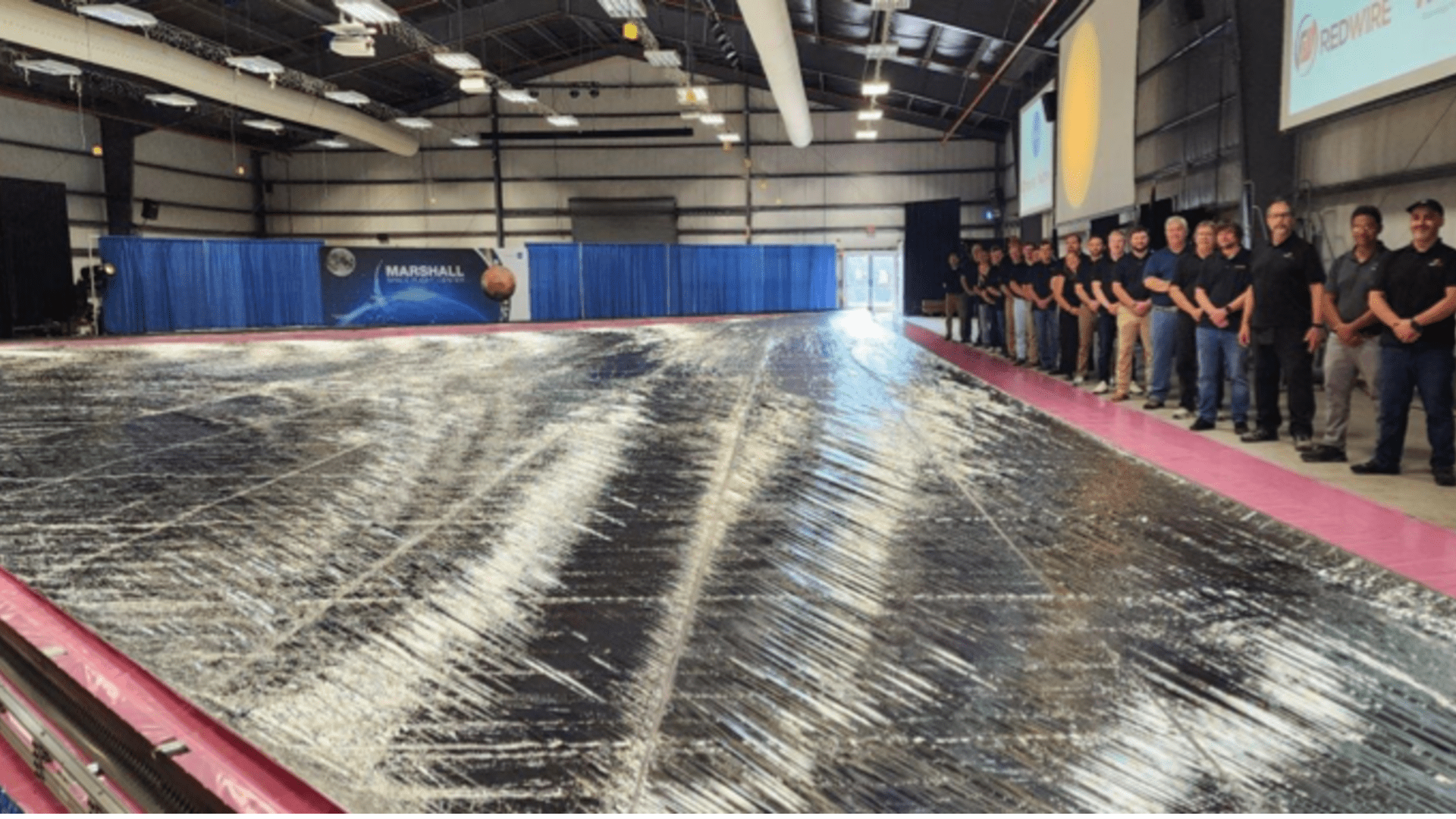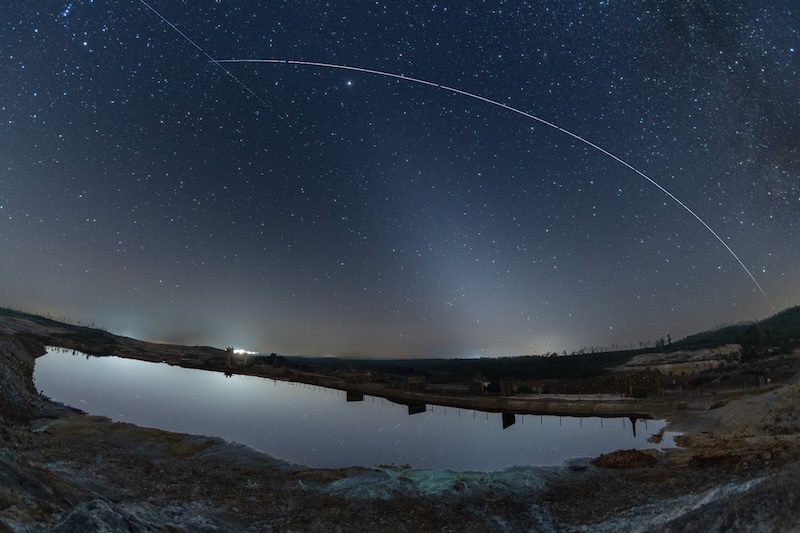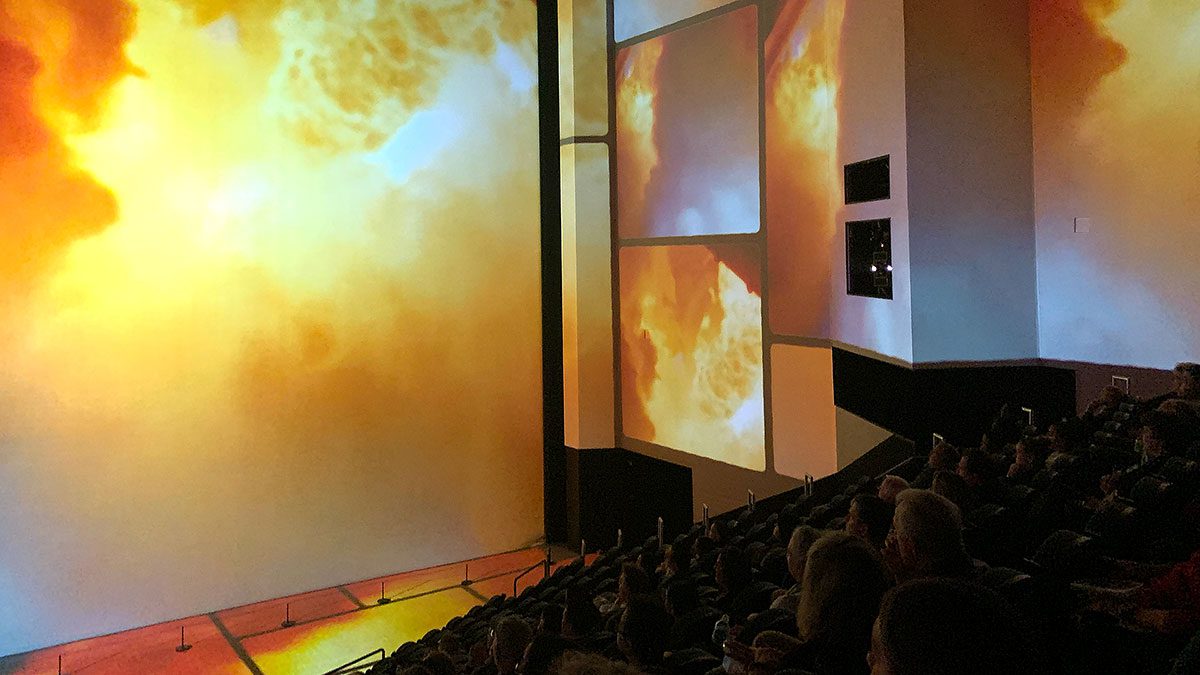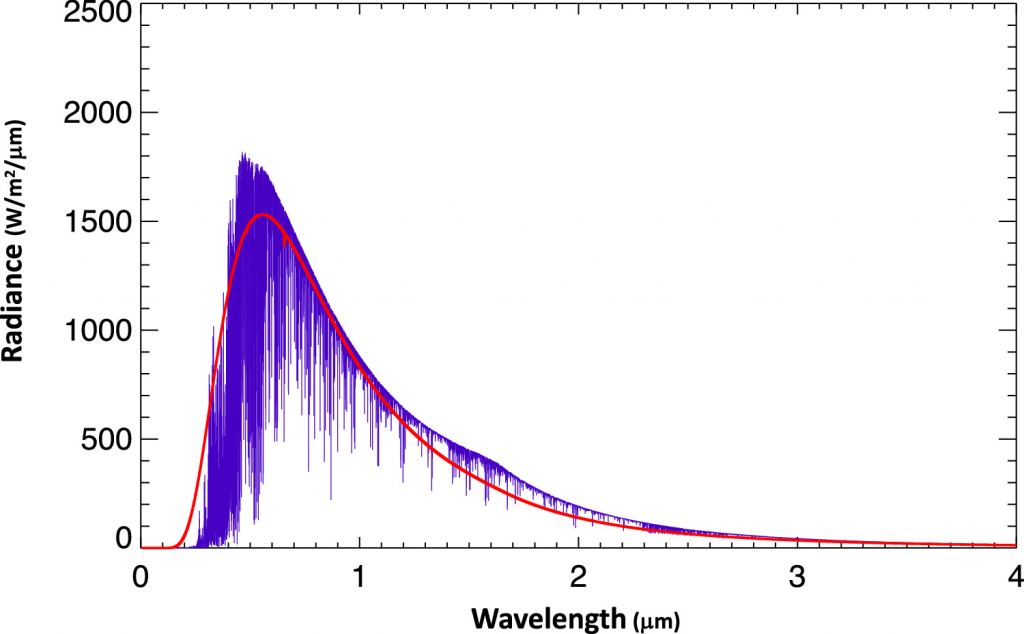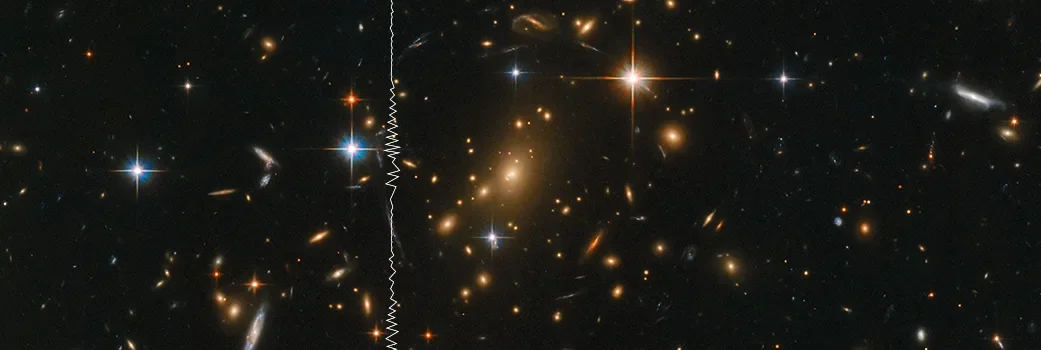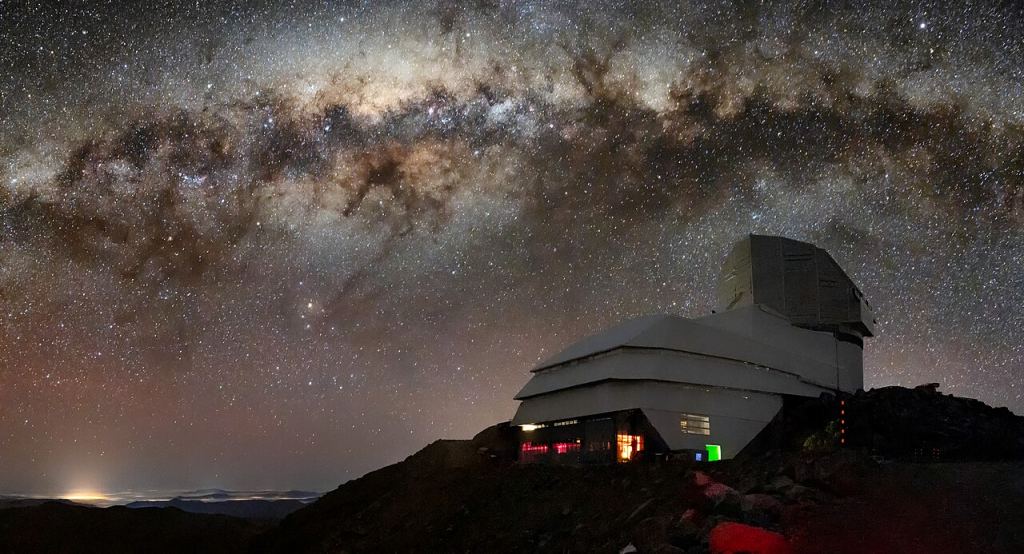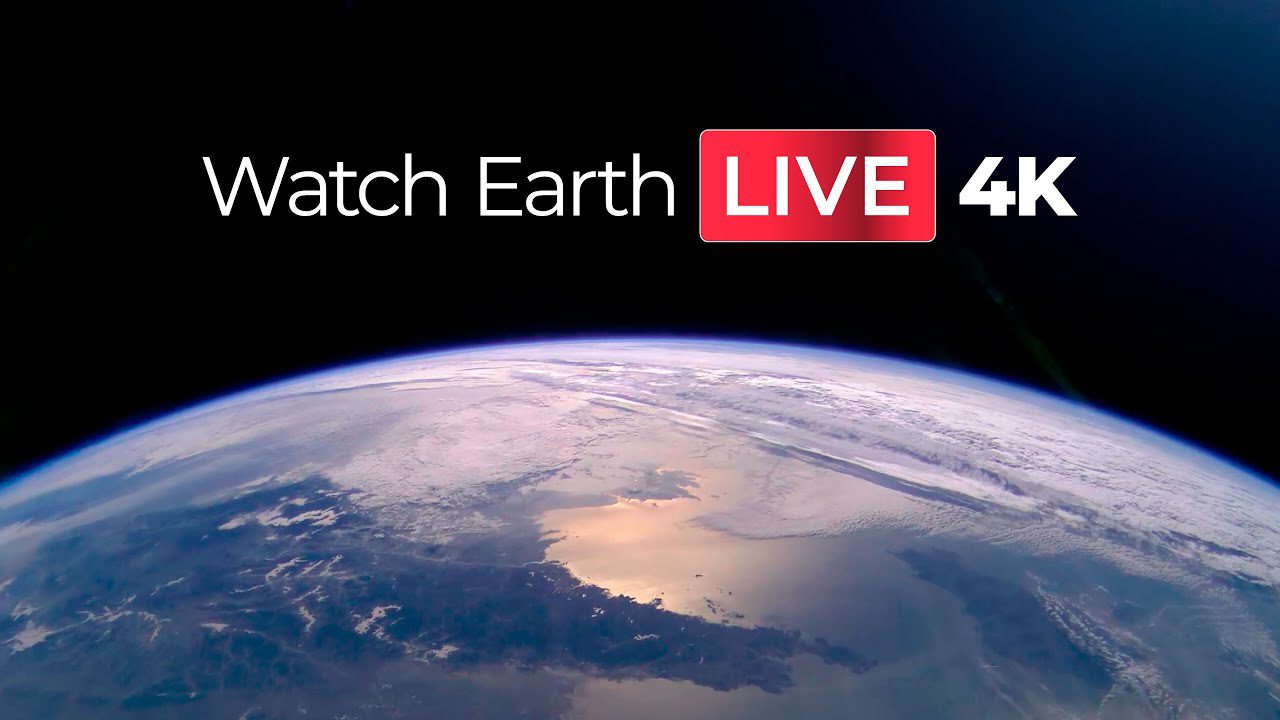‘Sailing’ satellites of the future could provide early warning of dangerous space weather
NEW ORLEANS — Solar sails that allow satellites to glide on the light from the sun could soon become a reality.The technology would allow scientists to provide earlier warnings of space weather events such as geomagnetic storms, which have the potential to disrupt technological systems on Earth."A lot of us have experienced sailing; it's exactly like that," Irfan Azeem, division chief of the Research to Operations and Project Planning Division at National Oceanic and Atmospheric Administration's (NOAA) Office of Space Weather Observations, told Space.com in an interview here at the American Meteorological Society's (AMS) annual meeting in January. "Now, instead of using the air, we're actually using the photons, the light that is emitted by the sun, to sail our satellites.""This is a very ...
